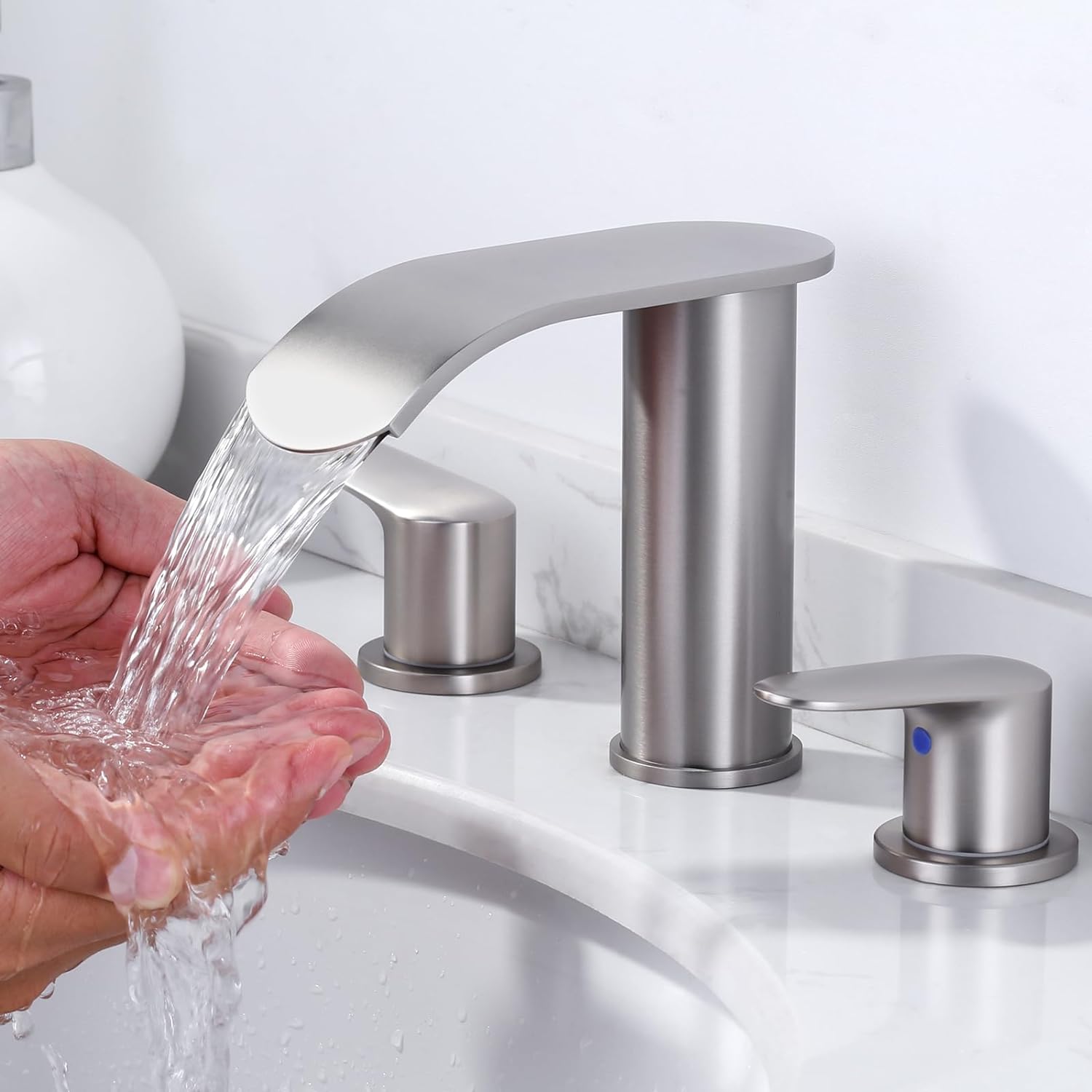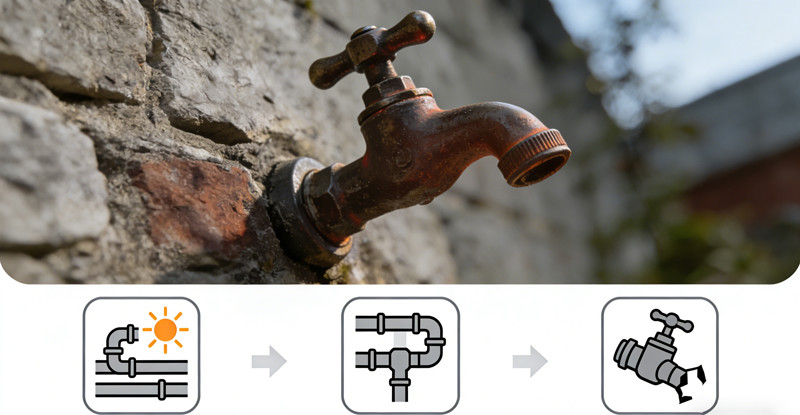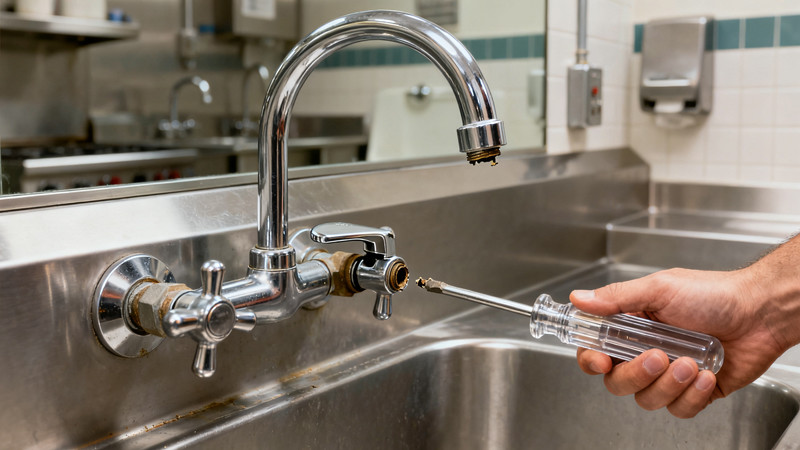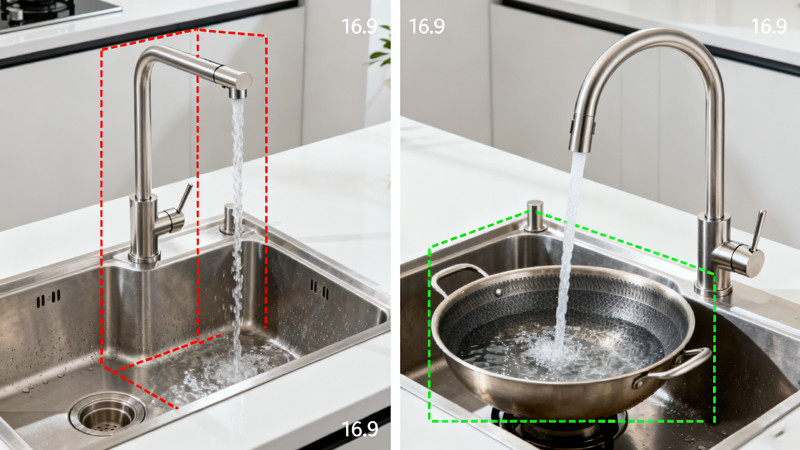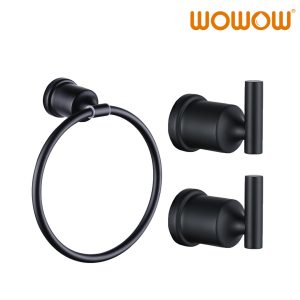
Turning on a faucet and finding no water can be alarming and frustrating, especially when you’re in a hurry or trying to complete a daily task like brushing your teeth, cooking, or cleaning. While your first instinct might be to panic or call a plumber right away, there are several simple things you can check first that might save you time and money.
Before you pick up the phone to call in a professional, here’s a step-by-step guide to help you troubleshoot why there’s no water coming from your faucet.
1. Check Other Faucets in the House
Start by determining whether the issue is isolated to one faucet or if it’s affecting your entire home. Turn on both hot and cold water from several different faucets in your home—kitchen, bathroom, outdoor hose bib, etc.
- If only one faucet is affected, the problem is likely localized to that fixture.
- If multiple faucets are affected, especially on different floors or in different rooms, then you’re likely dealing with a broader plumbing or water supply issue.
2. Try Both Hot and Cold Settings
Sometimes, the hot or cold water line may be blocked or shut off, rather than the entire supply.
- Turn the faucet to full cold, then to full hot.
- If water flows in one position but not the other, the problem may be related to your water heater (for hot) or a cold water supply line (for cold).
3. Inspect the Faucet Aerator
If water is coming out slowly or not at all from a single faucet, the aerator might be clogged. The aerator is the small screen at the end of the faucet spout.
- Unscrew the aerator counterclockwise (you may need pliers).
- Rinse off any sediment or debris.
- Reattach and test the faucet again.
Hard water and mineral buildup are common culprits for this kind of blockage.
4. Check the Shut-Off Valves
Every faucet has shut-off valves underneath the sink—one for hot water and one for cold. These can sometimes be accidentally bumped or turned off during cleaning or repairs.
- Look under the sink for two small valves connected to the water supply lines.
- Make sure they are both fully open (turn them counterclockwise to open).
- Try the faucet again after opening them.
This is one of the most common and easily fixable causes of a single faucet losing water flow.
5. Check for Frozen Pipes (in Cold Weather)
If the temperature has dropped recently and your pipes aren’t well insulated, they could be frozen—especially if no water is flowing at all.
- Feel the pipe beneath the affected faucet; if it’s extremely cold or has frost, that’s a clue.
- Open the faucet and warm the pipe gradually using a hair dryer, heating pad, or warm towels.
- Never use an open flame.
Frozen pipes can burst, so act quickly and call a professional if you’re unsure or suspect damage.
6. Look for a Leak or Burst Pipe
If there’s no water and you hear running water somewhere in your home (or see water damage), you may have a broken or burst pipe. This is a serious issue that requires immediate attention.
- Check your basement, crawl space, and walls for any signs of leaks.
- If you find water pooling or dripping, turn off the main water supply and call a plumber immediately.
7. Inspect Your Water Heater (for Hot Water Issues)
If only hot water is missing, the problem might be with your water heater.
- Check if the water heater is on and functioning properly.
- For gas heaters: Is the pilot light lit?
- For electric heaters: Has the breaker tripped?
If the water heater is the culprit, you’ll often find hot water missing across all faucets.
8. Check the Main Water Valve
If none of your faucets have water, the main water valve may be turned off. This can happen accidentally during repairs, or someone may have shut it off without realizing the consequences.
- Locate your main water valve—it’s usually in the basement, utility room, or near the water meter.
- Ensure the valve is fully open. Turn it counterclockwise to open.
9. Contact Your Water Utility
If everything inside your home appears in order, the issue might lie with the municipal water supply.
- Contact your local water utility to check if there’s a service outage, maintenance, or a water main break in your area.
- Some utilities have outage maps or alert systems online to check.
A utility issue can cut off water supply without any warning, and this is often out of your control.
10. Call a Professional Plumber
If you’ve tried everything above and still have no water, it may be time to call in the experts. Plumbing systems can be complex, and persistent issues might indicate deeper problems like:
- Pipe corrosion or clogs inside the walls
- Faulty fixtures or cartridges
- Broken water lines underground or inside the home
A licensed plumber can diagnose and fix the issue safely and efficiently.
Final Thoughts: No Water from Faucet?
Finding no water from a faucet can be disruptive, but you don’t always need to panic. Often, the solution is simple—like turning a valve back on or cleaning a clogged aerator. Following these logical steps can help you identify and fix the issue without unnecessary stress or expense.
However, if the problem persists or seems more serious, don’t hesitate to call a professional. Water supply issues, if left unchecked, can lead to bigger problems like mold, structural damage, or high water bills.
By taking a calm, step-by-step approach, you’ll be better equipped to get the water flowing again and prevent similar issues in the future.
 WOWOW Faucets
WOWOW Faucets